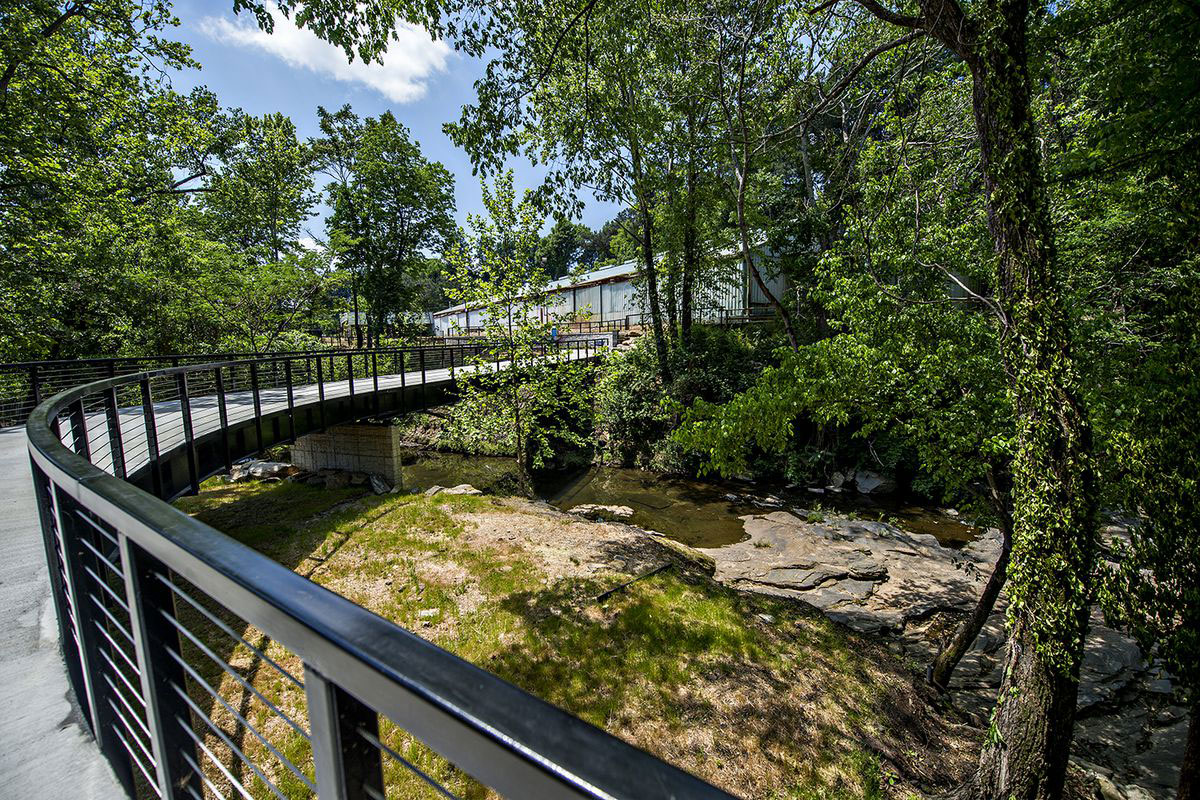Jared Brey of Next City writes:
Environmental impact bonds (EIBs), like social impact bonds, are a type of financing that provides different levels of return for investors based on how well the projects funded by the bond perform. If a green infrastructure intervention is more effective than expected, investors get a greater return; if less successful, the return is lower.
The Department of Watershed Management is embarking on a series of green infrastructure projects along the creek that are aimed at reducing pollution and improving overall quality of life.
Atlanta is using its $14 million EIB to fund six projects in the Proctor Creek watershed.
One project involves installing 10 blocks of vegetated stormwater planters in the public right-of-way to reduce flooding and improve the streetscape. Another, called “Mosquito Hole,” would restore an eroded section of the creek to reduce stagnant water where mosquitoes gather. Others will create bioretention areas in city parks, restore native habitats and establish new wetland areas, and create community greenspace. Since the projects are focused on “water equity,” the city is also using the work as a chance to pilot a workforce development program that will involve hiring people from the neighborhoods where the projects are being installed.
Green infrastructure is a cost-effective, resilient approach to managing wet weather impacts and provides many community benefits. While single-purpose gray stormwater infrastructure—conventional piped drainage and water treatment systems—is designed to move urban stormwater away from the built environment, green infrastructure reduces and treats stormwater at its source while delivering environmental, social, and economic benefits.
Read more: Atlanta Issues Environmental Impact Bond for Green Infrastructure
 Greenroofs.comConnecting the Planet + Living Architecture
Greenroofs.comConnecting the Planet + Living Architecture






Atlanta Issues Environmental Impact Bond for Green Infrastructure – Euro Journal
[…] Source: Green Roofs […]